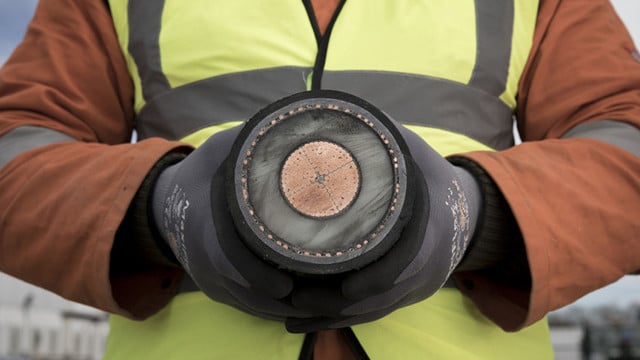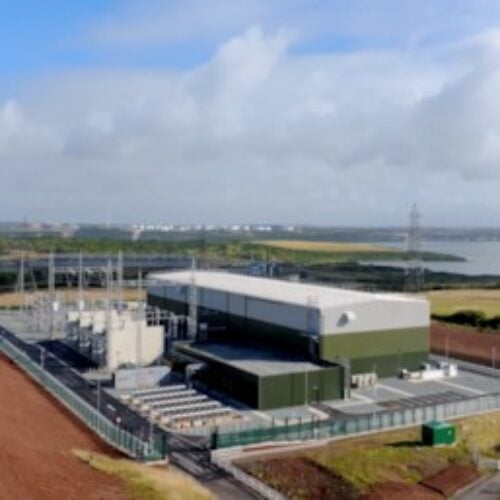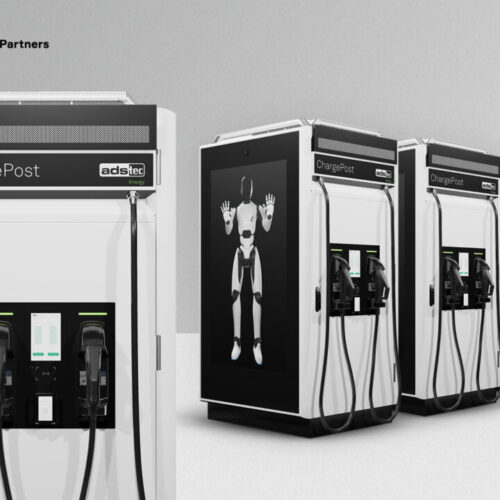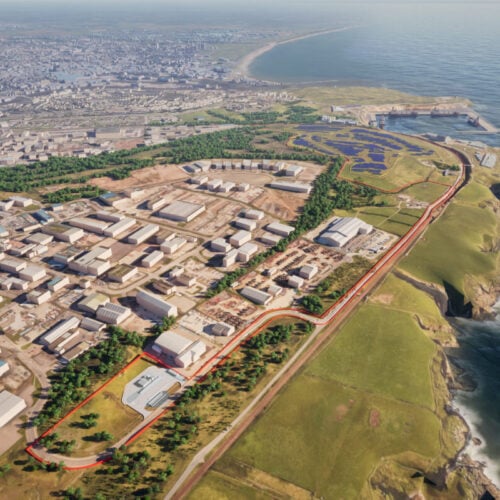National Grid’s proposed Sea Link subsea cable project has reached a significant milestone as its application for a Development Consent Order (DCO) has been accepted for consideration by the Planning Inspectorate.
The Sea Link project is a proposed development which would link Pegwell Bay in Kent to a point between the towns of Aldeburgh and Thorpeness on the coast of Suffolk. National Grid’s plans state that 122km of high voltage direct current (HVDC) cabling would be laid offshore, with an additional 14 km of onshore underground cables linking to the two new converter stations at each end of the link. The project would have a carrying capacity of 2GW.
The planning application for the project was submitted on March 27, 2025. Following this, the Planning Inspectorate was tasked with ensuring that the application included enough detail for them to be able to accept it for consideration, a milestone which has now been crossed. Following this, the project will now enter the pre-examination stage of the application process, which will allow stakeholders and members of the public to register with the Planning Inspectorate to offer their views when the application reaches the examination stage.
If the Department for Energy Security and Net Zero (DESNZ) grants a development consent order for the project, the project is expected to begin in late 2026/early 2027. A decision on granting a development consent order is expected to be made in the latter half of next year.
Adrian Pierssene, project director for Sea Link, said that the acceptance of the application marked “a significant step forward” in the development process, adding that it reflects well on the input it has received from local communities and stakeholders. Pierssene added: “Sea Link will play a vital role in connecting more renewable energy to the grid as demand for energy rises, strengthening energy security and helping to deliver a cleaner electricity network.”
The news follows several other key milestones for the Sea Link proposal. Earlier this month, National Grid announced it had selected Siemens Energy as the preferred bidder for the two HVDC converter stations that will be constructed as part of the development at either end of the connection. After passing through these converter stations, new terrestrial cables will link the converter stations to existing transmission infrastructure at either end of the connection, ensuring electricity gets to those who need it.
The Sea Link development forms part of National Grid’s Great Grid Upgrade plan, a collection of 17 major transmission infrastructure projects set to overhaul the UK’s electricity grid to prepare the nation for a future powered by renewable energy.






